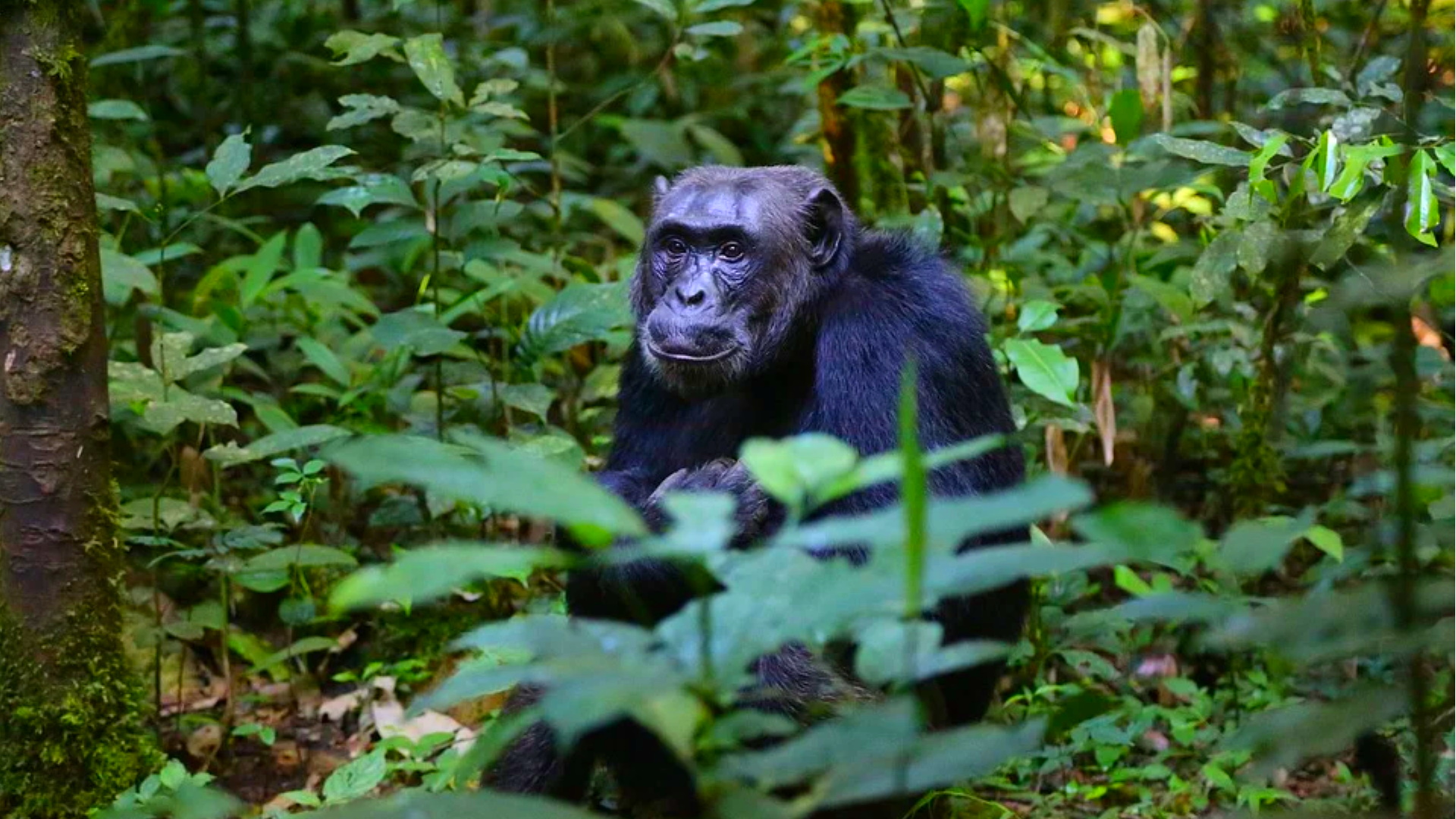
Ambitious Reforestation Project Will Plant 3 Million Trees in Uganda
by The Optimist Daily, optimistdaily.com
October 8, 2020
Successful efforts of reforestation and wildlife conservation typically go hand in hand with involving local communities in the process. Not only does this tap into valuable local knowledge around the issue but it also enables local communities to sustain these efforts in the future.
This is exactly the line of thought behind the newly launched “Wildlife Habitat & Corridor Restoration Project” in western Uganda, which puts local communities at the heart of its ambitious reforestation approach.
The project is the fruit of a strategic partnership between the Jane Goodall Institute and reforestation non-profit One Tree Planted and will focus on restoring habitat for endangered chimpanzees by adding 3 million trees to the Albertine Rift Forests.
An important ecoregion, the targeted area is home to endangered chimpanzees, as well as more than 50 percent of birds, 39 percent of mammals, 19 percent of amphibians, and 14 percent of reptiles and plants of mainland Africa.
By working together, the two groups aim to both restore and manage these ecosystems as well as support the local communities that have been affected by the area’s degradation over the last decades as a result of illegal logging and deforestation.
As One Tree Planted explains, the program will work to “ensure the long-term protection of wild chimpanzee and other ape populations and their habitat, through promoting local governance and management of natural resources, and advancement of alternative sustainable livelihoods.”
“We need to protect the existing forests. We need to try and restore the forest and the land around the forest that has not been degraded for too long, where the seeds and roots in the ground can sprout up and once again reclaim that land and make it an amazing forest ecosystem,” says Dr. Jane Goodall.
The key goals of the project include restoring degraded areas on community land by planting native seedling; rebuilding devastated zones; educating farmers on how to integrate trees into their agriculture practices, and providing technology and training to local enforcement groups to monitor the forests.

Truth Comes to Light highlights writers and video creators who ask the difficult questions while sharing their unique insights and visions.
Everything posted on this site is done in the spirit of conversation. Please do your own research and trust yourself when reading and giving consideration to anything that appears here or anywhere else.










